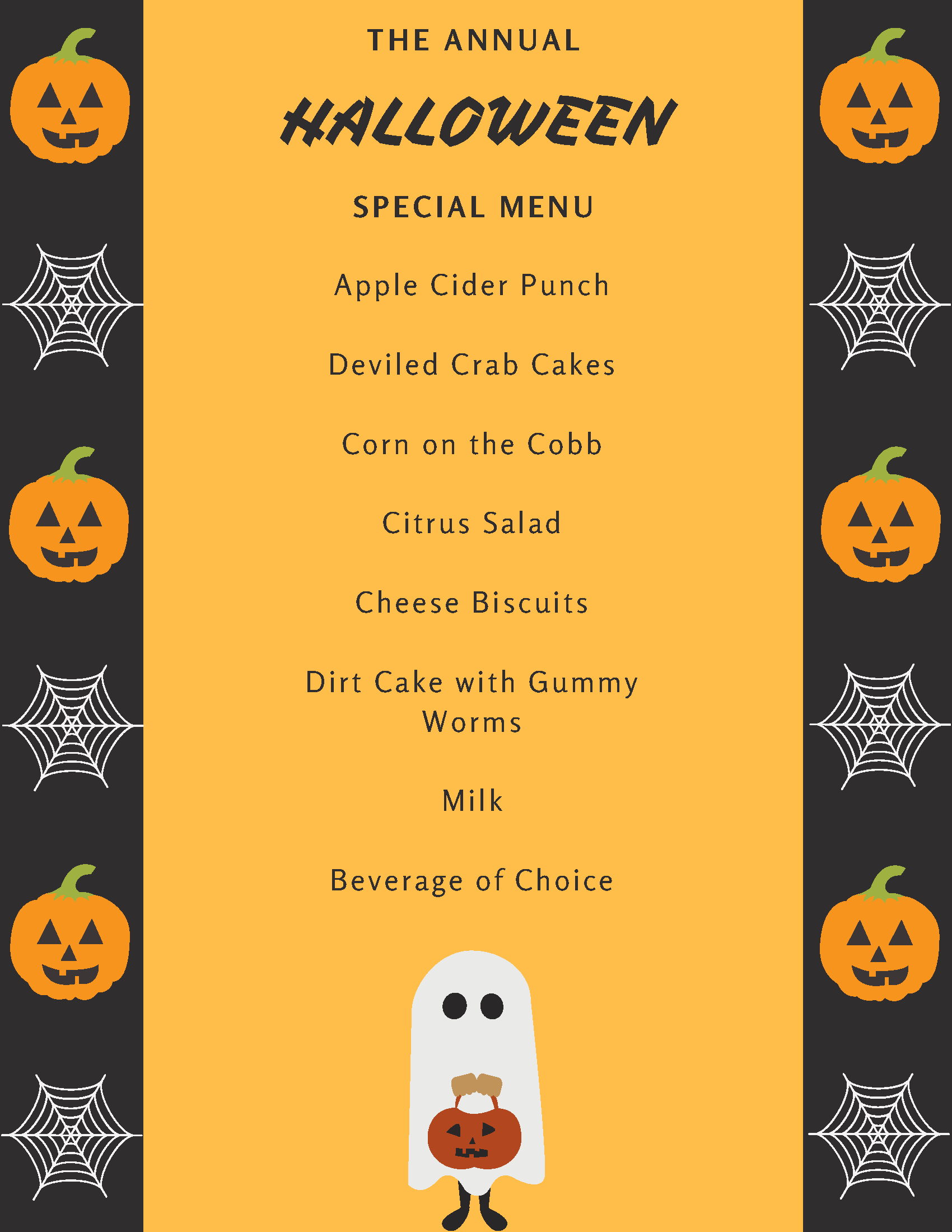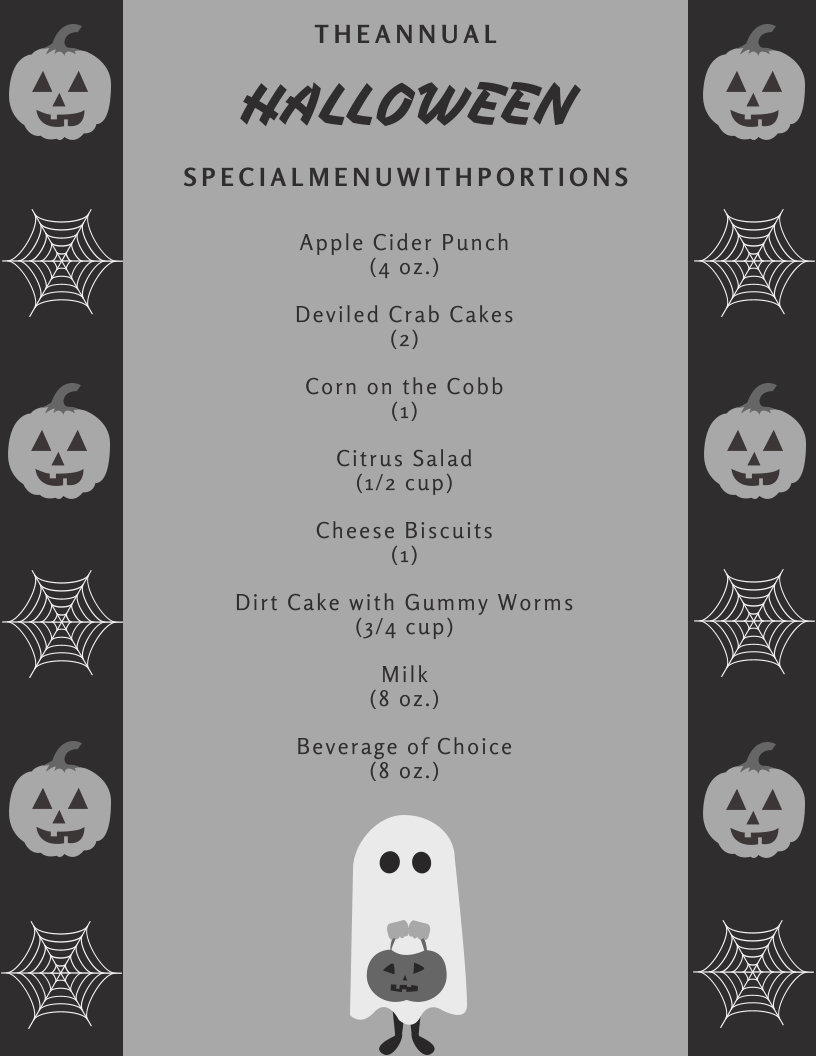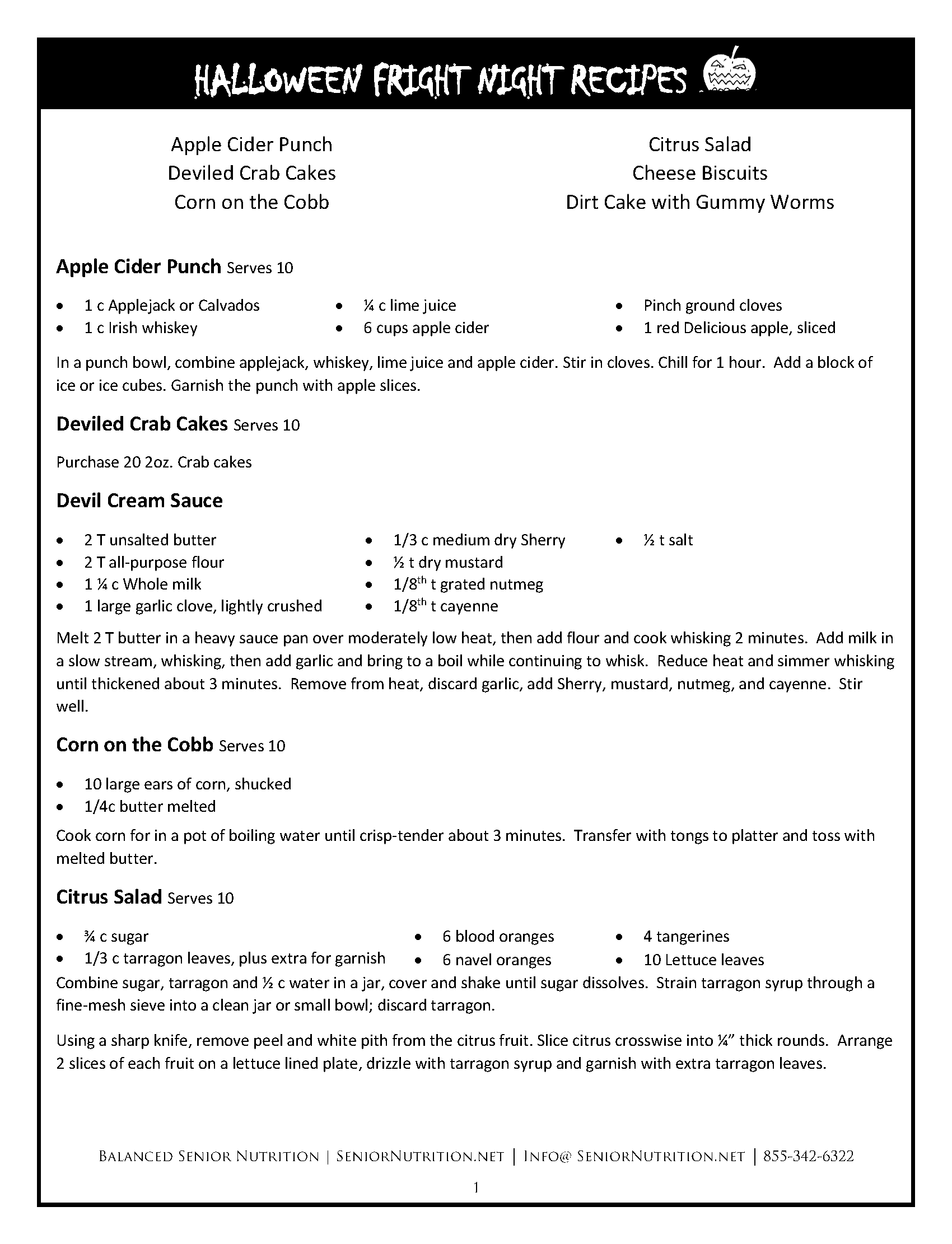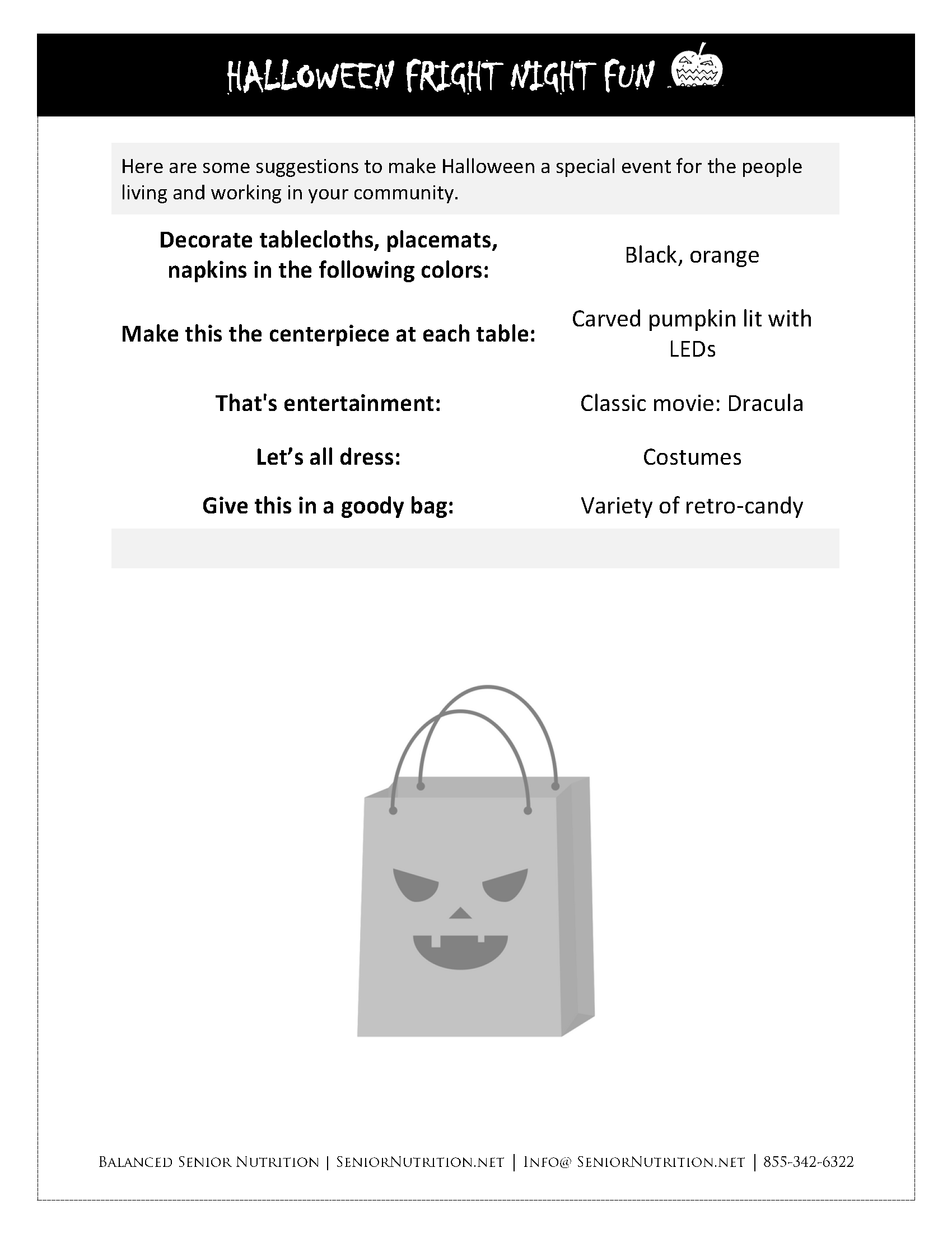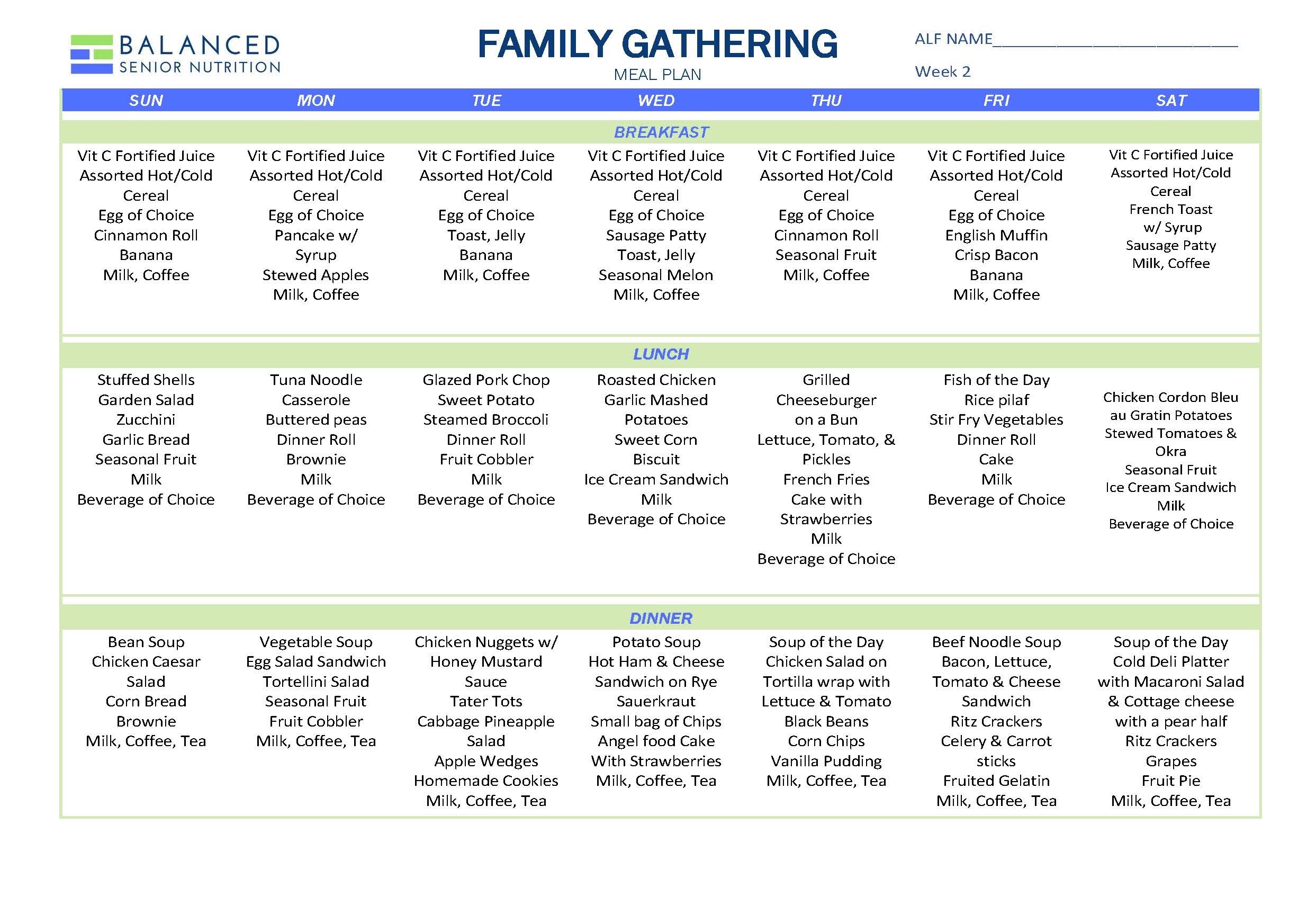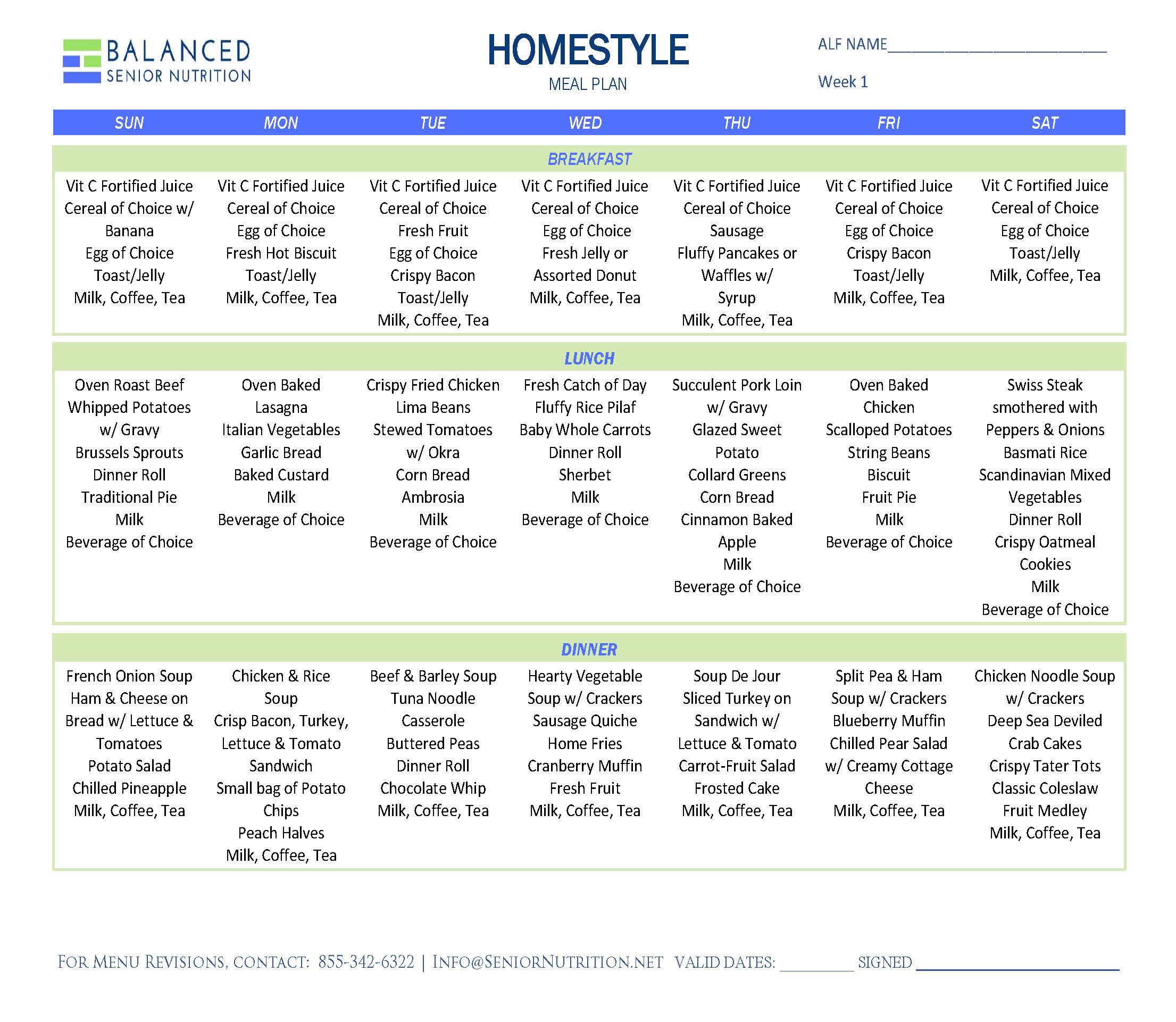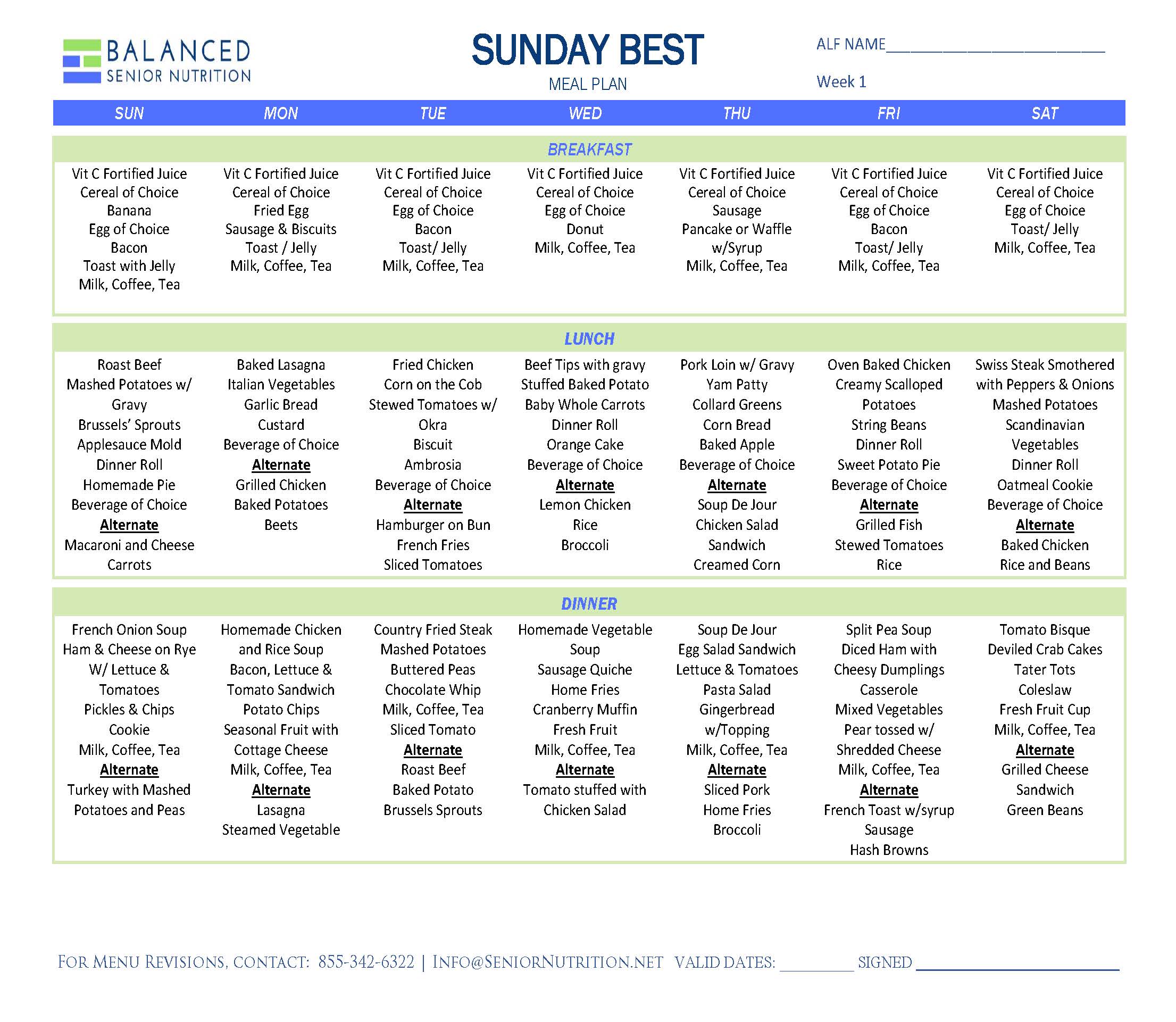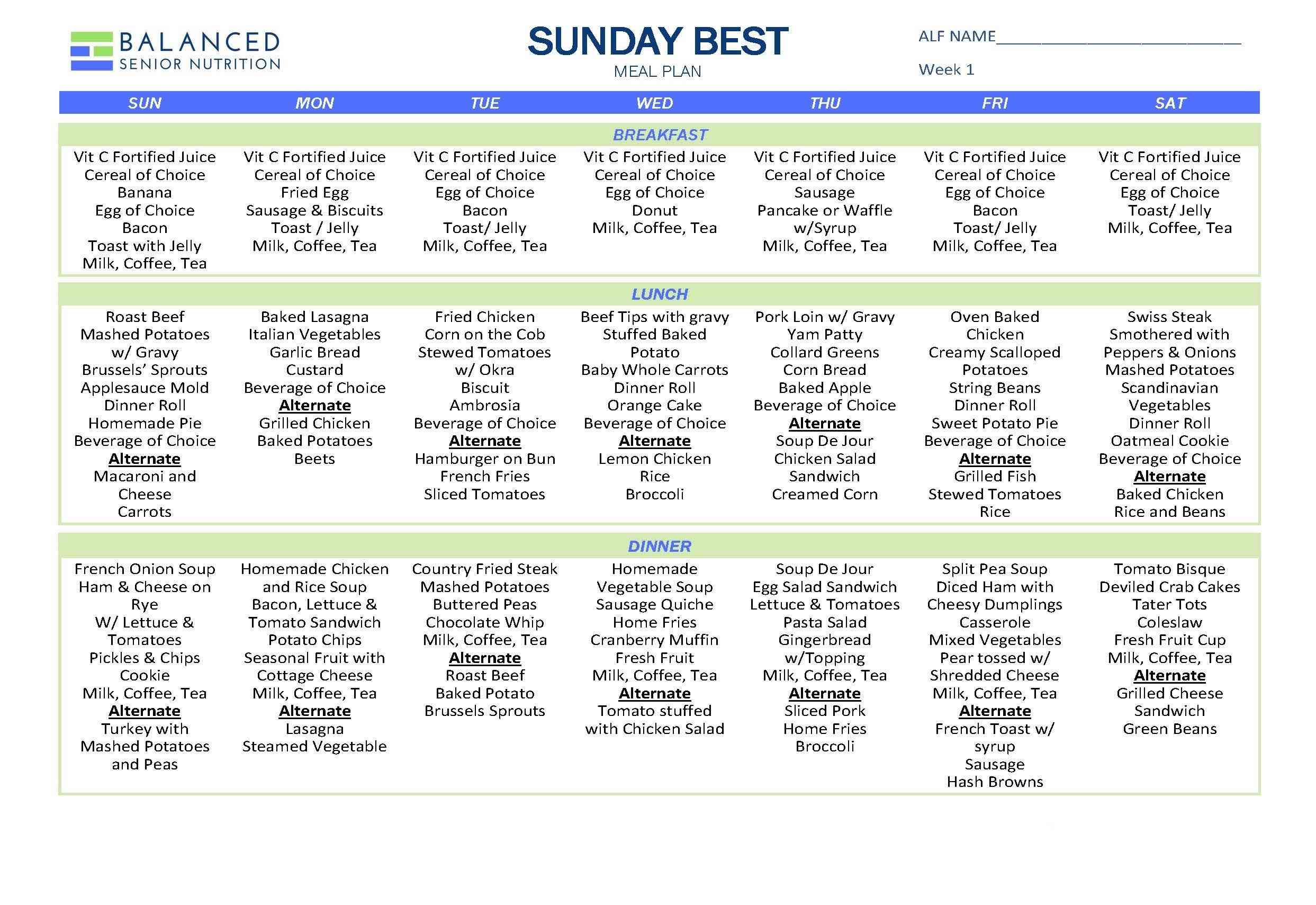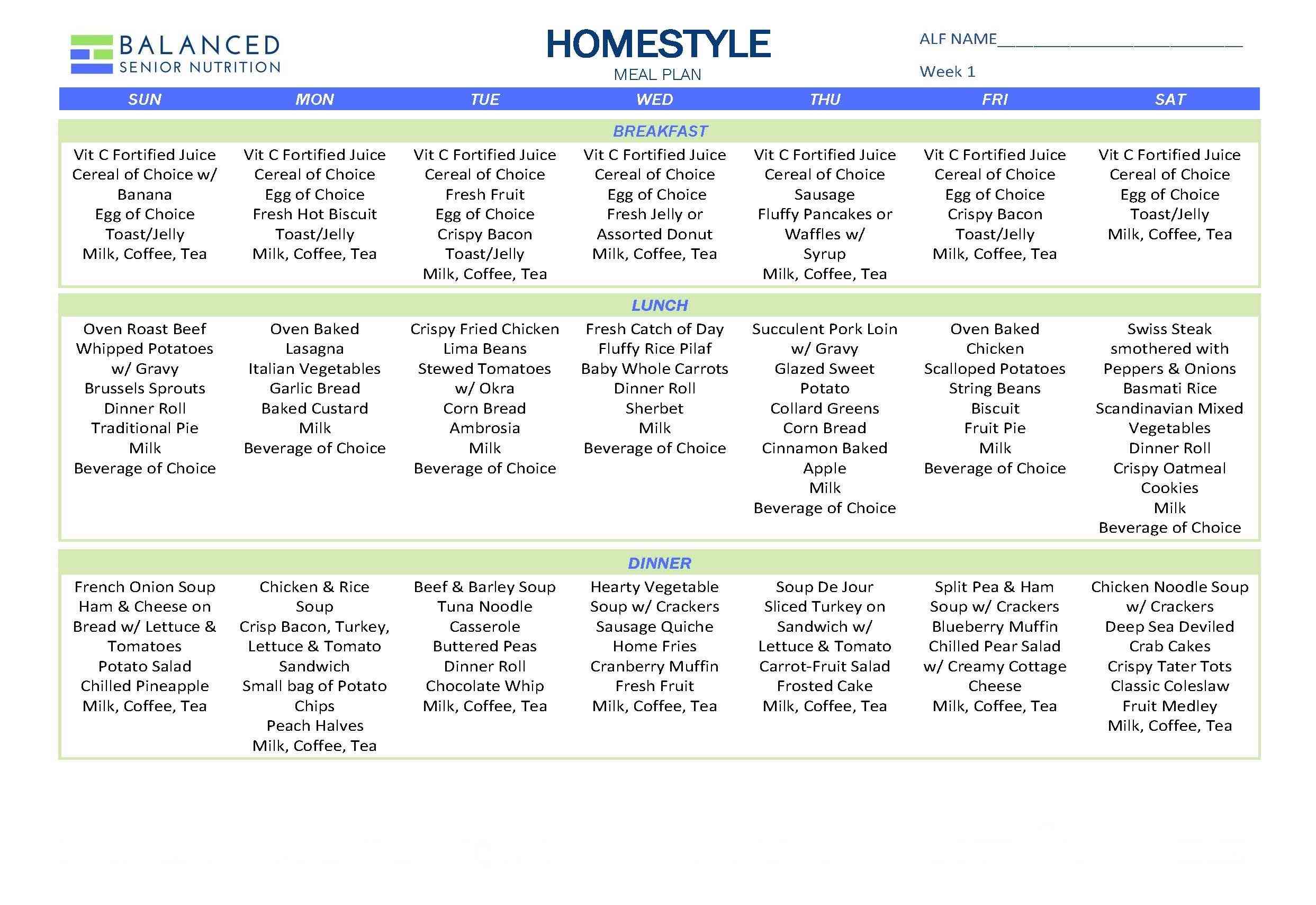 Let’s face it. Family members and friends know that bringing their loved ones a homemade treat or food from a local restaurant is a great way to show they care. Being a licensed establishment, you are responsible and accountable for safe food handling, regardless of its source of origin. That is especially true when it comes to foods brought in from outside sources. I’m happy to share with you a procedure you can use to meet that responsibility.
Let’s face it. Family members and friends know that bringing their loved ones a homemade treat or food from a local restaurant is a great way to show they care. Being a licensed establishment, you are responsible and accountable for safe food handling, regardless of its source of origin. That is especially true when it comes to foods brought in from outside sources. I’m happy to share with you a procedure you can use to meet that responsibility.
As people age, their bodies undergo changes that make them more susceptible to foodborne illness. Since such illnesses can be fatal, it’s important for your residents to know and practice safe food handling methods.
Last week we shared our tip sheet for residents and family as an effective first step, but some residents may not read it or be able to comprehend the material. That’s why it’s imperative that all staff members know how to handle food as safely as possible. People working in a well-run community need a written procedure to keep track of important information such as:
- How they will be notified when food is brought in
- Ensuring that food is in a proper container and is stored correctly
- Safe food handling methods for each type of food
In fact, having skilled and competent people to carry out the functions of food and nutrition services is so important that Centers for Medicare/Medicaid Services added this requirement to the new Final Rule:
F361 §483.60(a) Staffing
Sufficient staff with the appropriate competencies and skills sets to carry out the functions of the food and nutrition service, taking into consideration resident assessments, individual plans of care and the number, acuity and diagnoses of the facility’s resident population in accordance with the facility assessment required at §483.70.
Now, sufficient staff with appropriate competencies and skills doesn’t mean having just enough people who know just enough about food and nutrition to get by. It means having an effective number of people who are well educated about handling and storing food. Training on individual diet plans is now mandatory. It is the job of the skilled nursing center to manage foods in a manner that is as safe as possible.
As savvy baby boomers move in to long-term care communities, they will exercise their rights to have food delivered from local restaurants, personal refrigerators to keep favorites on hand, and a variety of food choices. To help staff develop the core competencies to safely handle foods cooked in other places, we want to give you a useful quick reference guide on the subject. This one-page guide teaches how to safely bring in, handle and store foods and snacks from different sources.
We want to hear from you. What challenges are you facing in your care community? Do you have ideas you’d like to share?
